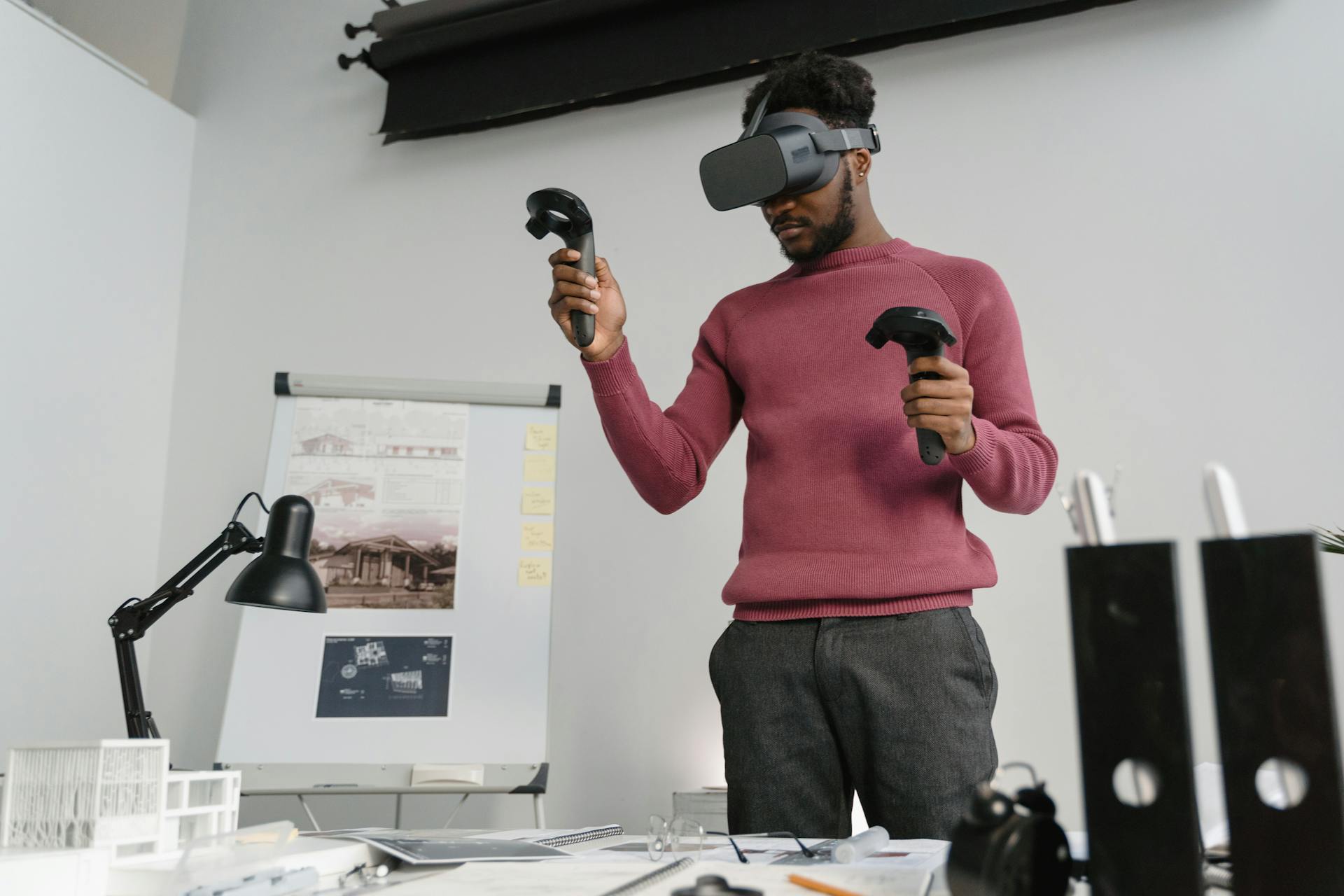Virtual reality changes approach to selling property: trend analysis
With each passing year, advances in technology are greatly expanding the ability to attract buyers to the property market. Modern tools are becoming increasingly customer-centric, helping companies adapt effectively to rapidly changing market conditions. One of the most essential tools is virtual reality, which shows the buyer all the properties’ advantages.
VR technologies are now more accessible than in previous years. The variety of options makes it possible to use such solutions for the property market. This, in turn, helps developers and estate agents to maintain their position in a highly competitive market.
There are a number of obvious benefits to using virtual reality to showcase properties:
– increased sales of both commercial and residential properties;
– improved experience of interacting with the seller;
– reduced time it takes to make a purchase decision.
In addition, the adoption of VR technology gives property developers the ability to be more flexible in their marketing approach. By enhancing customer interactions, they have an additional tool to reach a wider audience. This increases sales and strengthens the brand.

How VR tools work
A standard 2D presentation of a facility includes a plan, photos and video. This demonstration is only possible after the construction is complete. With virtual reality, you can immediately start the work. VR visualisation provides a much deeper and more immersive experience than traditional photography.
Another advantage of using the technology is that the client does not have to visit the site physically. The programme gives them a clear understanding of what the property will look like in reality. VR models also offer the opportunity to explore every nook and cranny of the property virtually. They provide a full view with the ability to move freely in 360 degrees.
To familiarise yourself with the presentation in this format, you need special equipment. We are talking about VR glasses that create a three-dimensional space. Virtual reality is an ideal tool for selling a property while it is still under construction. The buyer gets a clear idea of what the result will look like. The customer’s emotional involvement is increased, which speeds up the decision-making process.
In addition, virtual reality is also practical when coordinating renovation projects. It helps clients to ‘see’ changes in advance and agree on details such as the colour of the walls or the shade of the parquet flooring. This minimises the likelihood of disagreements and significantly speeds up the process of preparing for work. This approach means that most issues can be resolved in one meeting.
Virtual tours are particularly valuable for overseas buyers who do not need to visit the property in person. They can make a purchase decision from a distance, opening up new possibilities for international transactions.
It’s worth noting that the implementation of virtual reality tools is becoming more accessible. Therefore, it is worth paying attention to them, even if their use today requires significant investment.
